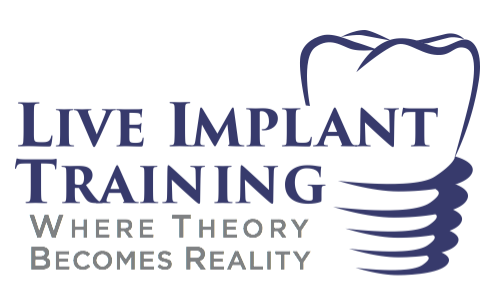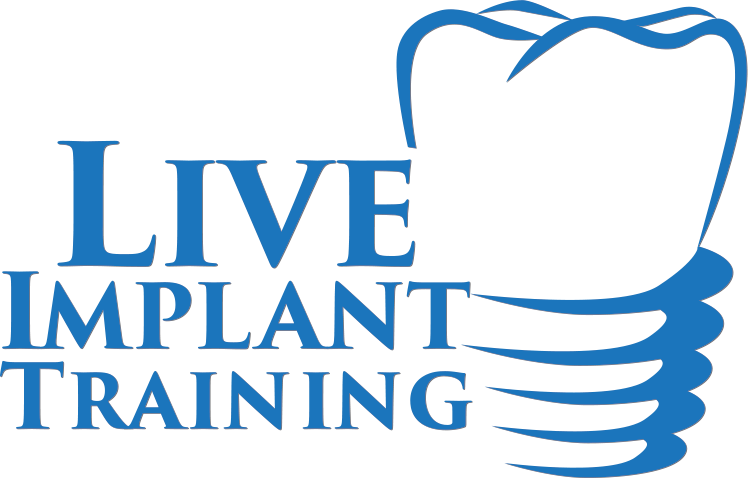
Educational Objectives
Dr. Mongalo’s primary goal is to teach licensed dentists the importance of following a list of rules that will lead to practicing “ safety surgeries “. This important objective can be achieved by incorporating the following points:
• Learn basic knowledge of mandíbular and maxillary anatomy bony topography, nerve bundles and vascularization.
• Understanding head/neck anatomy leads to recognization of “danger zones” which are anatomical areas linked to important anatomical structures where the operating doctors can cause damage to the patient. Attending doctors will learn to drill differently according to the danger zones.
• Understanding principles in soft and hard tissue management techniques: opening full mucoperiosteal flaps, different suturing techniques, removing teeth preserving buccal bone, debriding sockets, GBR, PRF, bone expansion.
• Be exposed to Dr. Eduardo Anitua’s biological drilling protocol and use it to drill implant osteotomies. This technique is the ground for “safety drilling”. Most surgical errors can be avoided by using the biological drilling protocol.
• Learn Dr. Mongalo’s safety rules to include usage of 6mm stopper drill and take X-ray before proceeding to drill further. This step is included on Dr. Mongalo’s “safety drilling flowchart presented on chapter 1 of his recent published textbook.
• Understand bone drilling based on bone hardness D1-D4 while examining the bone collected on the drill while using the 50/50 drilling protocol. We can take Dr. Carl Misch teachings and translate them into clinical applications.
• The participants will learn to place different types of bio-engineered implants based on Carl Misch bone hardness classification.
• It is imperative to understand which are the 4 common surgical errors: buccal perforations in the pre-maxilla, placing implants too close to each other, nicking roots of adjacent natural teeth, improper spacing between clinical crowns.
• Once the doctors learn these 4 common surgical errors, the next step is to learn (1). why these errors occurred (2).how can these have been prevented (3). how could these mistakes have been avoided.
• Participants will learn when these safety surgical steps are followed the surgeries will become standardized and result in safe and simple implant placements.
